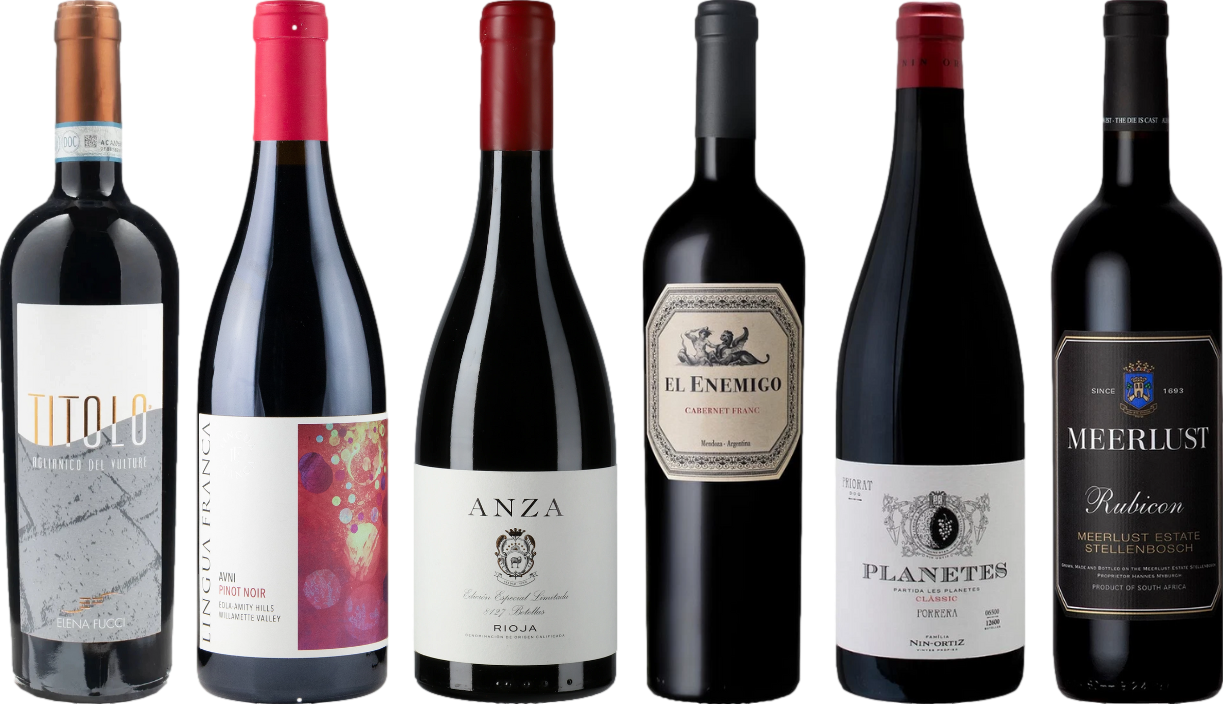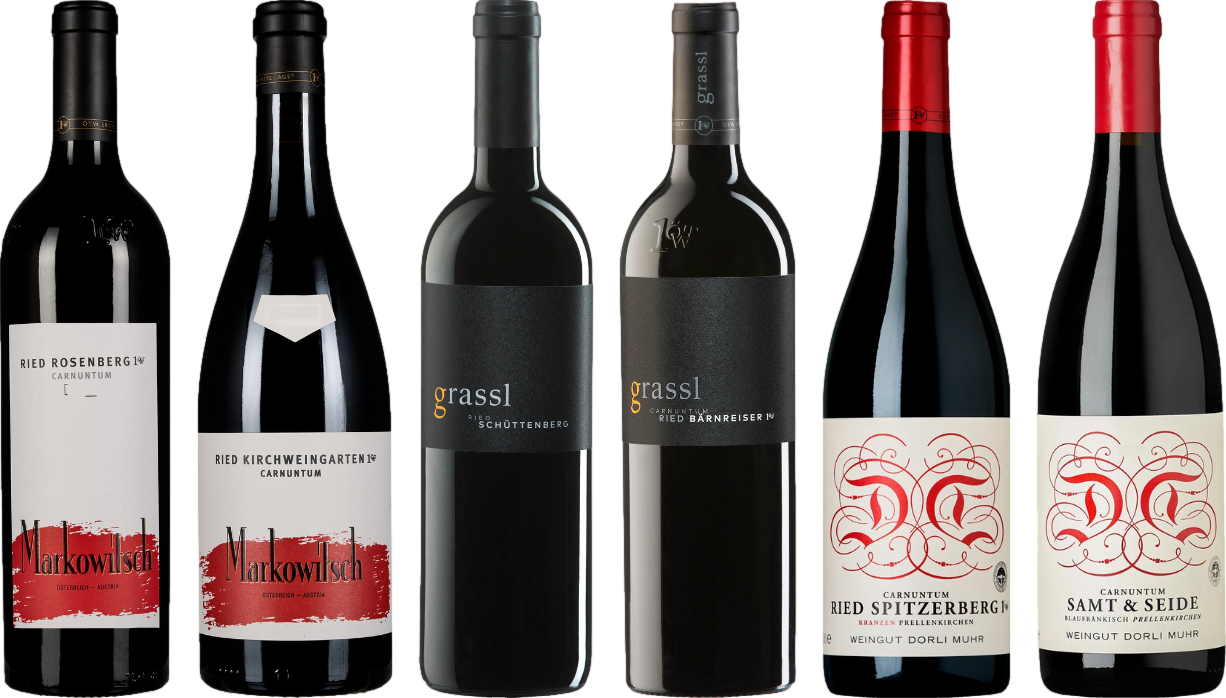



Incorporating dark fermented grape beverages into a balanced diet may aid in controlling body mass. Research indicates that moderate consumption can enhance metabolic functions, potentially supporting fat oxidation. A study published in the journal *Nutrition* highlighted that certain compounds found in these beverages can influence appetite regulation, leading to reduced caloric intake.
To maximize benefits, consider enjoying a modest serving of 5 ounces a few times a week. Pairing these beverages with meals rich in fiber and protein can further enhance satiety, helping you maintain a healthier lifestyle. Additionally, opting for options with lower sugar content can make a significant difference in overall caloric consumption.
Engaging in regular physical activity alongside moderate consumption may amplify positive effects on body composition. While it’s not a magic solution, integrating these elements thoughtfully can contribute to your weight management goals. Always remember to consult with a healthcare professional before making significant changes to your diet.
Is Red Wine Beneficial for Reducing Body Mass?
Moderate consumption of this fermented grape beverage can provide certain advantages in a regimen aimed at reducing body mass. The presence of antioxidants, particularly resveratrol, may enhance metabolic processes and assist in managing fat levels. Research indicates that these compounds can promote the breakdown of fats, leading to a more efficient energy utilization.
Including a small glass during meals may also aid digestion, creating a more enjoyable dining experience. Pairing it with healthy dishes can enhance flavors and potentially reduce the desire for high-calorie options. The psychological aspects of enjoying a moderate serving can contribute to overall satisfaction, minimizing the urge to overindulge in richer foods.
It’s essential to approach this with caution; excessive intake can counteract any positive effects and contribute to unwanted calorie accumulation. A balanced approach, focusing on portion control and incorporating this drink into a diverse diet, holds the key to integrating it successfully into a health-conscious lifestyle.
Incorporating physical activity alongside mindful drinking habits can further amplify results. Engaging in regular exercise combined with moderate enjoyment of this beverage may yield more favorable outcomes than relying solely on dietary changes. Remember, moderation is paramount; aim for a maximum of one glass per day for optimal benefits.
Caloric Content of Red Wine Compared to Other Beverages
With an average of 125 calories per 5-ounce serving, the beverage in question offers a moderate caloric profile. Understanding its caloric content in relation to other popular drinks can inform your choices effectively.
Comparison with Other Beverages
- Light Beer: Typically around 100 calories for a 12-ounce serving, this option is lower in calories, but often lacks the depth of flavor.
- Regular Beer: A standard 12-ounce serving averages 150 calories, making it higher than the mentioned beverage.
- Spirits (e.g., vodka, gin): Roughly 97 calories per 1.5-ounce shot, but mixers can considerably increase caloric intake.
- Sweetened Cocktails: Can exceed 300 calories per serving, depending on the ingredients and sugar content.
- Soft Drinks: Generally around 150 calories per 12-ounce can, but devoid of any nutritional benefits.
Practical Recommendations
When considering caloric intake, moderation is key. Opting for a smaller serving can help manage overall caloric consumption while still enjoying the unique qualities of the beverage. Additionally, pairing it with lighter meals can balance the overall caloric load of your dining experience.
Impact of Polyphenols in Red Wine on Metabolism
The presence of polyphenols in this beverage can facilitate metabolic processes, particularly through its effects on fat oxidation. Research indicates that polyphenols enhance the activity of enzymes involved in the breakdown of fats, which can lead to improved energy expenditure.
One specific polyphenol, resveratrol, has been shown to activate sirtuins, a group of proteins that play a role in cellular regulation and metabolism. This activation can promote better insulin sensitivity and glucose metabolism, potentially influencing body composition positively.
Additionally, polyphenols may aid in reducing inflammation, a factor that can hinder metabolic efficiency. By minimizing inflammation, these compounds support a healthier metabolic rate, allowing for more effective energy utilization.
Incorporating moderate amounts of this beverage into a balanced diet could thus support metabolic health, especially when combined with regular physical activity. However, moderation is key, as excessive consumption can negate these benefits.
How Red Wine Affects Appetite and Cravings
Moderate consumption of this beverage can influence feelings of hunger and desire for specific foods. Research suggests that compounds present in it may play a role in regulating appetite hormones.
Influence on Hunger Hormones
Studies indicate that moderate intake can lead to an increase in levels of leptin, a hormone associated with satiety. This may help in reducing overall caloric intake.
- Leptin: Promotes a feeling of fullness.
- Ghrelin: Consumption may lower this hormone, which stimulates appetite.
Balancing these hormones can assist in managing cravings, making it easier to adhere to dietary goals.
Impact on Cravings
In addition to appetite regulation, this beverage can also affect cravings. The sensory experience of savoring it can lead to increased satisfaction and reduced desire for high-calorie snacks.
- Choose a glass of this beverage over sugary treats to curb cravings.
- Pair it with healthier food options to enhance enjoyment without excess calories.
By understanding how this drink can impact hunger and cravings, one can make more informed choices that align with personal health objectives.
Recommended Serving Sizes for Weight Management Goals
For effective calorie control, limit your intake to 4 ounces (about 120 milliliters) per serving. This quantity typically contains around 100-125 calories, allowing you to enjoy the complex flavors without excessive caloric intake.
When aiming for a balanced diet, consider incorporating this beverage into your routine no more than 3-4 times a week. This moderation helps maintain a healthy lifestyle while enjoying the sensory experience.
Pair each serving with a meal to enhance the overall dining experience and potentially aid in satiety. This practice can help manage cravings and prevent overeating.
For those prioritizing hydration, complement your servings with ample water throughout the day. Staying hydrated contributes to overall wellness and can support your dietary goals.
Ultimately, tracking your intake and being mindful of portion sizes are key strategies. By adhering to these recommendations, you can enjoy this beverage while remaining aligned with your health objectives.
Red Beverage and Its Role in a Balanced Diet
Incorporating a glass of this fermented grape beverage can add depth to your meals while contributing to a nutritious eating plan. Its presence in moderate amounts allows for enjoyment without derailing dietary objectives. The key lies in understanding how it fits into overall nutrition.
Nutritional Profile
This drink is rich in antioxidants, primarily flavonoids, which are known for their health benefits. A typical serving contains approximately 120-130 calories, depending on the variety and serving size. These antioxidants support various bodily functions and may enhance heart health. When consumed mindfully, it can be a delightful addition to a meal.
Pairing with Food
Pairing this beverage with food can enhance the overall dining experience. Here are some ideal food matches:
| Food Type | Recommended Pairing |
|---|---|
| Grilled Meats | Full-bodied options |
| Pasta Dishes | Medium-bodied varieties |
| Cheese | Soft, creamy cheeses |
| Chocolate Desserts | Sweet or dessert styles |
In summary, integrating this beverage into a balanced diet provides an enjoyable way to enhance meals while reaping potential health benefits. Always remember moderation is key to ensuring it complements your overall dietary strategy.
Potential Health Risks of Drinking Red Wine While Losing Weight
Consuming alcoholic beverages while attempting to reduce body mass can pose various health risks. One significant concern is the potential for increased caloric intake, which can undermine efforts in achieving a caloric deficit. A standard serving can contain approximately 125 calories, which may seem negligible but can accumulate over time, especially if consumed regularly.
Another risk is the impact on hydration. Alcohol is a diuretic, leading to increased urine production and potential dehydration. Dehydration can hinder metabolic processes and may result in fatigue, making it challenging to maintain an active lifestyle essential for effective fat reduction.
Effects on Sleep and Recovery
Alcohol consumption can disrupt sleep patterns, impacting the body’s recovery processes. Poor sleep quality has been linked to increased cravings, particularly for high-calorie foods, which can sabotage dietary efforts. It can also affect hormonal balance, particularly those hormones involved in appetite regulation.
Implications for Mental Health
Regular consumption of alcoholic beverages may also have psychological effects. It can lead to dependency issues or exacerbate stress and anxiety, which may affect motivation and decision-making regarding dietary choices. Maintaining a stable emotional state is crucial during the process of body mass management.
Alternatives to Red Wine for Weight Management
If you’re looking for options that align with your goals while still offering enjoyment, consider these beverages:
Dry Sparkling Water
Opt for dry sparkling water flavored with natural herbs or citrus. This choice is calorie-free and can satisfy your craving for something fizzy without adding extra calories.
Herbal Teas
Herbal teas, such as chamomile or peppermint, can help curb appetite and provide soothing benefits. They are low in calories and can be enjoyed hot or cold, making them versatile throughout the day.
Another great option is kombucha, a fermented tea that contains beneficial probiotics. It has a unique taste and can promote gut health while being lower in calories compared to many other beverages.
If you’re searching for a non-alcoholic alternative that offers a bit of complexity, consider a non-alcoholic red grape juice. It retains some of the polyphenolic benefits without the alcohol content, making it a flavorful choice.
For those who enjoy a bit of sweetness, flavored seltzers can add a refreshing twist without the added sugars found in traditional sodas. Just check labels to ensure they are free from high-calorie sweeteners.
Ultimately, integrating these alternatives into your diet can help maintain a balanced approach while still enjoying flavorful options. For additional insights into maintaining an efficient lifestyle, you might find the best cold water pressure washer reviews helpful for keeping your environment clean and motivating.
FAQ:
Can drinking red wine help with weight loss?
Red wine may offer some benefits for weight loss when consumed in moderation. It contains resveratrol, a compound that can enhance metabolism and promote fat burning. However, it’s essential to remember that red wine also has calories, and excessive consumption can lead to weight gain. Balancing red wine intake with a healthy diet and exercise is crucial for effective weight loss.
How many calories are in a glass of red wine?
A standard 5-ounce glass of red wine typically contains around 120 to 130 calories. The exact calorie count can vary depending on the type and brand of wine. While red wine has fewer calories compared to many sugary beverages or cocktails, it’s important to keep portion sizes in check to avoid consuming too many calories, which could hinder weight loss efforts.
Are there any specific types of red wine that are better for weight loss?
Certain types of red wine may be more beneficial for weight loss due to lower sugar content. Dry red wines, such as Cabernet Sauvignon, Merlot, and Pinot Noir, generally have fewer sugars compared to sweeter varieties like Zinfandel or dessert wines. Choosing a dry red wine can help minimize calorie intake while still allowing you to enjoy a glass. However, moderation remains key, as all wines contain calories that can add up quickly.










